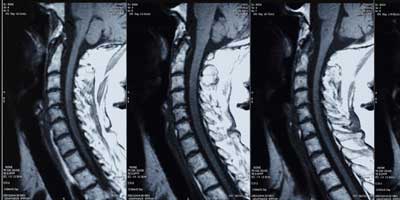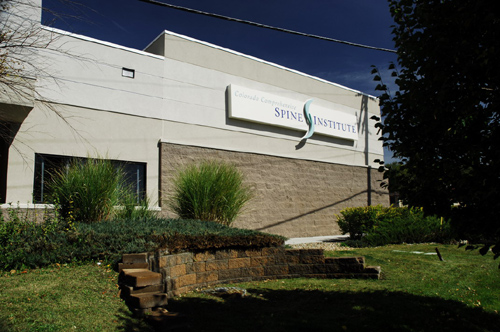Locations

Fax: (303) 762-9292

Nonoperative Treatment: Cervical (Neck) Bracing

When you visit our practice for treatment, your doctor may recommend you wear a cervical brace. Some patients find neck braces uncomfortable or inconvenient, but they serve a very important purpose. Braces / bracing support the neck, and immobilize and stabilize the cervical spine after an injury or spine surgery.
About Neck Braces
Cervical braces are external devices that support the spine’s muscular and bony structures. These braces are soft or hard. A soft elastic type brace provides muscular support and allows movement. A hard brace restricts movement.
Soft Braces
A soft cervical collar is flexible and wraps around the neck secured by Velcro®. Your doctor instructs you when to wear the cervical collar. Usually, soft collars are used for about 6 weeks after injury or surgery.
Hard Braces
A hard collar is stiff and usually has 2 pieces; a front and back. The front and back of the collar may be secured about the neck by Velcro®. This type of collar is used for more severe cases of spinal instability or injury and may be used for a longer period of time.
Another type of neck brace is the Sterno-Occipital Mandibular Immobilization Device (SOMI). This restrictive brace is used to treat certain serious neck injuries where the head and neck should not move. SOMI aligns the neck with the rest of the spine and prevents the head and neck from bending or twisting.
The most rigid type of cervical brace is a halo and it completely immobilizes the head and neck 24-hours a day. A halo may be used if the neck if broken or after complex cervical spine surgery. The halo’s ring-like headpiece is secured to the skull with metal pins and connected to a vest worn about the chest.
Conclusion
Braces can be an essential component to the successful treatment of your spinal disorder. Although braces may require you to restrict some activities, or form different habits, the support braces provide will speed your healing and may prevent further injury. Please discuss any concerns you have about bracing with your doctor.








